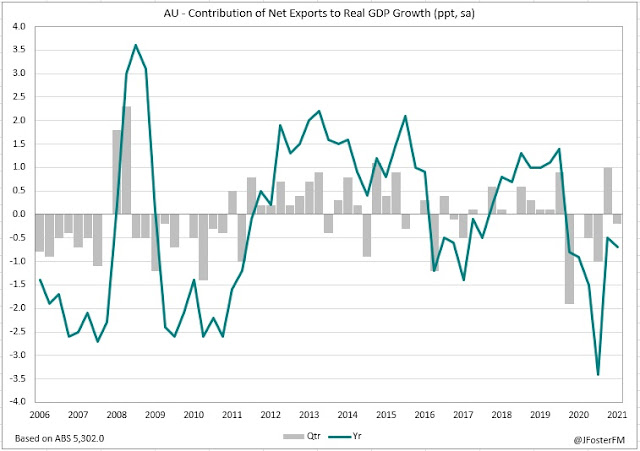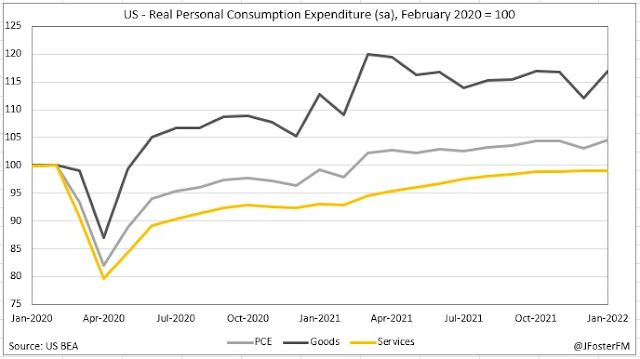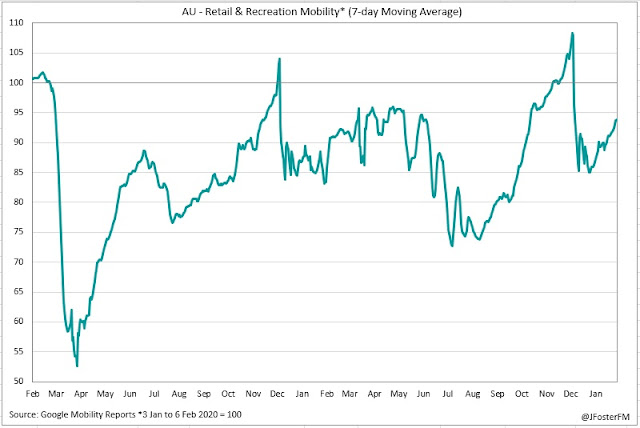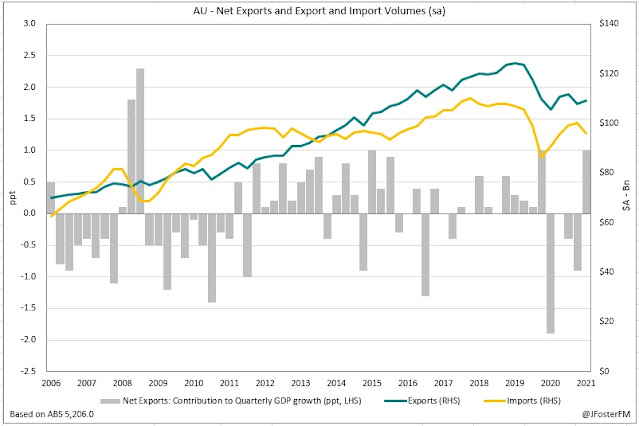Australian housing finance commitments have reached a new record high in January, continuing their resurgence from late 2021. Rebounding activity in New South Wales and Victoria post the Delta lockdowns has been the key driver, with the investor segment surging.
Housing Finance — January | By the numbers
- Housing finance commitments ($ value, ex-refinancing) came in stronger than expected posting a 2.6% rise in January (vs 2% expected) to $33.7bn to be 18.2% higher over the year. Commitments lifted by 4.4% in the prior month.
- Owner-occupier commitments lifted by 1%m/m to $22.7bn, with annual growth slowing to 3.4%.
- Investor commitments surged by 6.1% in the month to $11bn, resetting to a new record high and running around 68% above their year-ago level.
- Refinancing activity pulled back by 8.6% to $14.3bn in January.
Housing Finance — January | The details
Housing finance has seen a resurgence over recent months after slowing following the closure of the HomeBuilder scheme and lockdown disruptions. The 2.6% lift in January took commitments to a new record high at $33.7bn. The investor segment was the main contributor, up 6.1% in January for its strongest month-on-month rise since May. Owner-occupier commitments also advanced by 1%m/m.
Surging investor commitments in New South Wales (9.8%) and Victoria (11.1%) drove the national increase to the segment in January, with both states reaccelerating after the Delta lockdowns (Q3 last year) paused their momentum. Investor commitments are at record highs in both states.
In the owner-occupier segment, upgraders have driven the recent rebound as first home buyer and construction-related loans have largely moved sideways. The recovery in conditions from lockdown disruptions and the rise in housing prices — up by almost 21% over the year to February according to data released earlier today from CoreLogic — has supported upgrader activity. At the same time, this sharp rise in housing prices has likely contributed to the slowdown in first home buyer activity as affordability has become stretched. The construction-related area slowed following the closure of the HomeBuilder stimulus but now appears to be stabilising.
The approvals data (by the number of loans approved) reflects this divergence in activity between upgraders and first home buyers, and in the constructed-related area post HomeBuilder.
Refinancing commitments have fallen by almost 20% since reaching their recent peak in August at around $17.8bn. Declines have been around this magnitude in both the owner-occupier and investor segments from their peaks. However, refinancing still remains at elevated levels compared to pre-pandemic.
Housing Finance — January | Insights
A post-lockdown rebound in New South Wales and Victoria continues to drive a resurgence in housing finance, led by the investor segment but with upgraders also contributing. Affordability concerns have slowed activity from first home buyers, while the construction-related segment looks to be levelling out after retracing from its HomeBuilder-driven peaks.





















































